
Over 3 million people receive lip filler treatments each year, making it one of the most popular cosmetic enhancements worldwide. Many are drawn by the promise of fuller, more balanced lips, yet myths about unnatural results and painful procedures still cause hesitation. Knowing the facts helps you make choices with more confidence, whether you want a subtle boost or a dramatic transformation. This guide separates reality from rumor and sheds light on what you can truly expect from modern lip fillers.
Key Takeaways
| Point | Details |
| Non-permanence of Fillers | Hyaluronic acid lip fillers typically last 6-12 months, providing a flexible and reversible enhancement option. |
| Professional Administration | Results are most natural when fillers are injected by skilled practitioners, minimizing the risk of unnatural appearances. |
| Post-procedure Care | Expect minor swelling and bruising; follow aftercare instructions for best recovery and results. |
| Consultation Importance | A thorough consultation is vital for assessing aesthetic goals and selecting the appropriate enhancement method. |
Table of Contents
Lip Fillers Defined and Common Myths
Lip fillers are cosmetic injectable treatments designed to enhance lip volume, shape, and symmetry using carefully selected dermal filler substances. Despite their growing popularity, many misconceptions surround these aesthetic procedures.
Contrary to widespread belief, lip fillers are not permanent solutions. According to research, hyaluronic acid-based fillers typically last six to twelve months and are naturally absorbed by the body. This means your results remain adaptable and reversible over time. Understand more about lip filler options to make an informed decision about your aesthetic journey.
Another prevalent myth suggests that lip fillers always create unnatural, lumpy results. However, when administered by a qualified professional, the outcome is typically smooth and refined. Temporary irregularities often resolve naturally or can be easily corrected with hyaluronidase, an enzyme that breaks down hyaluronic acid fillers.
-
Myth 1: Lip fillers look fake and overdone
-
Reality: Skilled practitioners can create subtle, natural-looking enhancements
-
Myth 2: Fillers are painful and require extensive recovery
-
Reality: Most procedures are quick, with minimal discomfort and downtime
Understanding these nuances helps potential patients approach lip enhancement with realistic expectations and confidence in the procedure’s safety and flexibility.
Types of Lip Fillers and Their Differences
Hyaluronic acid (HA) fillers dominate the lip enhancement landscape, offering safe and adaptable solutions for those seeking volume and definition. According to the Cleveland Clinic, these injectable dermal fillers restore lip volume with remarkable precision and can be dissolved if desired, providing patients with unprecedented control over their aesthetic outcomes.
Among the most popular HA fillers, Juvéderm and Restylane stand out with unique characteristics. As reported by Vogue, these fillers have distinct behaviors: Juvéderm tends to create a softer, more diffused look, while Restylane offers more structured definition. Learn more about the nuanced differences between lip enhancement techniques.
Key Differences in Lip Fillers
-
Juvéderm: Softer spread, more natural blending
-
Restylane: More precise shape retention
-
Duration: Typically 6-12 months, varies by individual metabolism
-
Customization: Amount and specific product can be tailored to desired outcome
The final result depends on multiple factors, including the specific filler chosen, injection technique, and individual physiological responses. A skilled practitioner can help you navigate these nuanced options to achieve your desired lip aesthetic with natural-looking results.
Here’s a comparison of popular lip filler types:
| Filler Type | Texture & Look | Duration | Best For |
| Juvéderm | Softer, diffused finish | 6-12 months | Natural blending |
| Restylane | More structure & defined | 6-12 months | Precise shaping |
| Fat Grafting | Uses own tissue Variable |
Permanent* | Long-term volume |
| Lip Flip | Subtle, minimal volume | 2-5 months | Gentle enhancement |
*Fat grafting longevity can vary by individual.
How the Lip Filler Procedure Works
The lip filler procedure is a precise and carefully managed cosmetic treatment that transforms your lip appearance with minimal discomfort. According to the Cleveland Clinic, the process begins with a comprehensive consultation where providers assess your health, aesthetic expectations, and potential allergies. Explore our range of professional filler treatments to understand how we customize each procedure.
Once you’re cleared for treatment, a topical numbing cream is applied to minimize potential discomfort. As reported by Vogue, the actual injection involves a fine needle inserted at approximately 2.5 mm depth, which most patients describe as a brief pinching sensation. Typically, about 1 mL of filler is strategically injected into targeted lip areas to achieve your desired volume and shape.
What to Expect During the Procedure
-
Consultation: Detailed assessment of lip goals and medical history
-
Numbing: Topical anesthetic applied for comfort
-
Injection: Precise filler placement using fine needle
-
Immediate Aftercare: Gentle massage and ice application
Post-procedure, you can expect some temporary swelling and potential bruising, which usually subside within a few days.
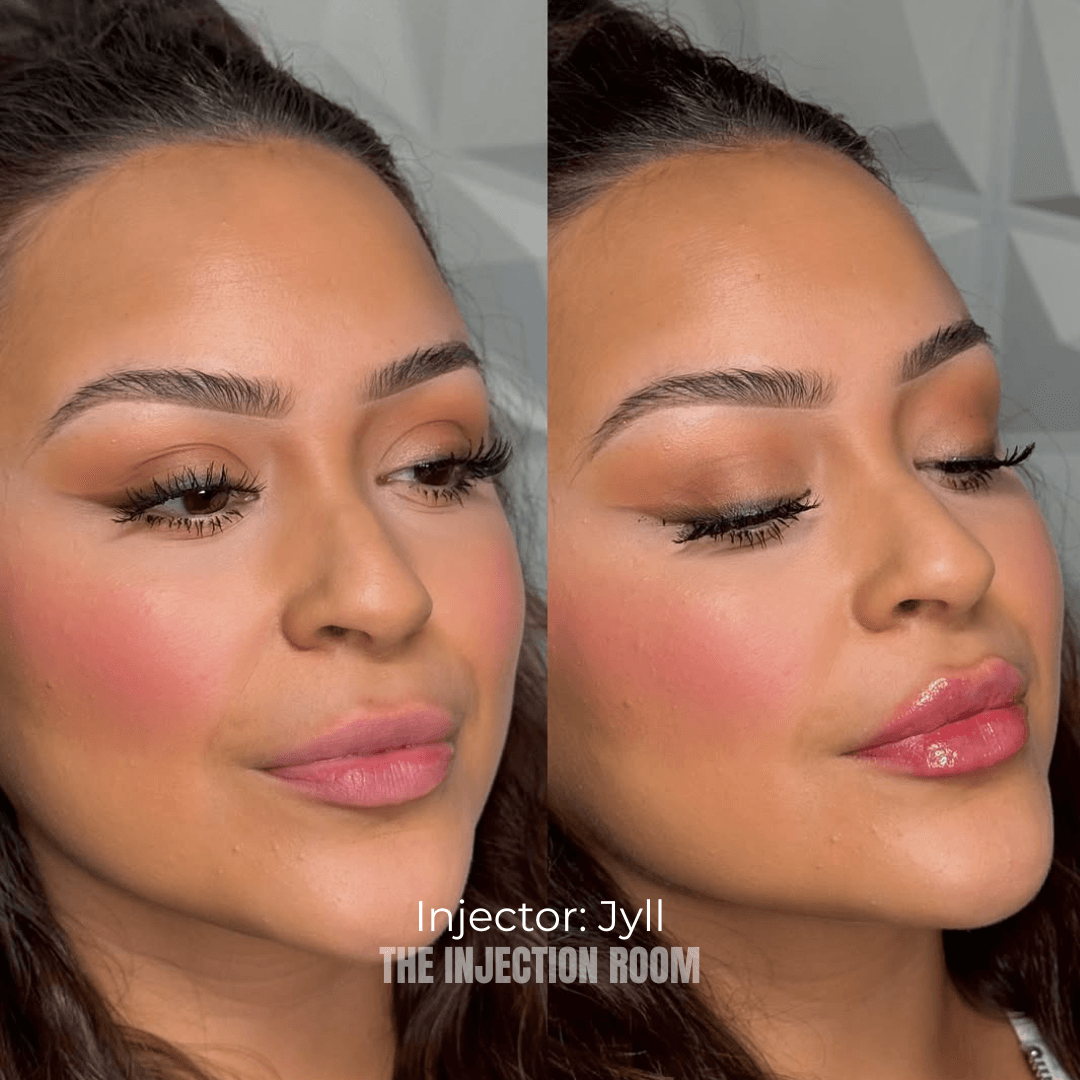 Cold compresses can help manage these minor side effects. The entire process typically takes 30-45 minutes, allowing you to return to most daily activities immediately after treatment.
Cold compresses can help manage these minor side effects. The entire process typically takes 30-45 minutes, allowing you to return to most daily activities immediately after treatment.
What to Expect: Results, Maintenance, and Longevity
Lip filler results are dynamic and personalized, with longevity varying based on individual factors. According to the Cleveland Clinic, most patients can expect their lip enhancement to last between 12 to 18 months. Learn more about maintaining your lip filler results and understand the importance of periodic touch-ups.
The body naturally metabolizes hyaluronic acid fillers, which means the volume and shape gradually diminish over time. Your age, metabolism, lifestyle, and the specific type of filler used can all influence how quickly the filler is absorbed. Younger individuals typically metabolize fillers faster, while those with slower metabolisms might enjoy slightly longer-lasting results.
Key Factors Affecting Lip Filler Longevity
-
Metabolism: Faster metabolism leads to quicker filler breakdown
-
Filler Type: Some formulations last longer than others
-
Lifestyle: Exercise, sun exposure, and hydration impact filler duration
-
Injection Technique: Precise application can enhance longevity
For those seeking more permanent solutions, alternative methods like fat transfer can provide longer-lasting volume. However, hyaluronic acid fillers remain popular due to their flexibility, safety, and ability to be dissolved if desired. Regular maintenance treatments can help you sustain your desired lip appearance and keep them looking naturally enhanced.
Potential Risks, Safety, and Recovery Advice
Lip filler procedures involve potential risks that patients should understand thoroughly. According to the Cleveland Clinic, common side effects include bleeding, bruising, swelling, and a small chance of infection or cold sore reactivation. Learn about safe filler practices and minimizing risks to ensure a smooth aesthetic experience.
While rare, the most serious complications involve vascular compromise, where filler accidentally enters blood vessels. Medical experts emphasize that selecting a licensed, experienced provider significantly reduces these risks. The key is choosing a professional who understands facial anatomy and uses precise injection techniques to avoid potential complications.
Critical Safety Considerations
-
Provider Credentials: Always choose board-certified professionals
-
Medical History: Disclose all health conditions before treatment
-
Technique: Experienced providers use careful, precise injection methods
-
Follow-up: Monitor and report any unusual post-procedure symptoms
Recovery typically involves minor swelling and potential bruising, which resolve within days. Cold compresses and avoiding intense exercise can help minimize these temporary side effects. Most patients return to normal activities immediately, but it’s crucial to follow your provider’s specific aftercare instructions and attend any recommended follow-up appointments.
Comparing Lip Fillers to Other Enhancement Options
Lip augmentation offers multiple approaches, each with unique benefits and considerations. According to the Cleveland Clinic, patients can choose from several enhancement techniques beyond traditional dermal fillers. Explore our comprehensive guide to lip enhancement options to find the perfect solution for your aesthetic goals.
One popular alternative is the lip flip, where botulinum toxin is strategically injected to relax muscles and create a subtle outward curl of the upper lip. As reported by WebMD, this technique provides a more delicate enhancement lasting 2-5 months, compared to the fuller volume achieved with traditional fillers. Other options include more invasive procedures like fat grafting and surgical lip lifts, which offer different levels of permanence and results.
Lip Enhancement Technique Comparison
-
Dermal Fillers: - Immediate volume
-
Reversible
-
6-18 months duration
-
-
Lip Flip:
-
Subtle enhancement
-
Minimal volume
-
2-5 months duration
-
-
Fat Grafting:
-
More permanent solution
-
Uses patient’s own tissue
-
Less predictable results
-
Ultimately, the best lip enhancement method depends on individual aesthetic goals, budget, and comfort with different procedure types. Consulting with a skilled professional can help you navigate these options and select the technique that best matches your desired outcome.

Transform Your Lip Goals Into Reality with The Injection Room
Are you tired of guessing which filler technique and product will match your vision for subtly enhanced, natural-looking lips? Our article broke down the differences between hyaluronic acid fillers, the precision of expert injection methods, and the importance of choosing the right provider. At The Injection Room, we address your concerns about unnatural results, longevity, and safety by using the newest techniques and thoroughly vetted products. Discover how our aesthetic experts turn knowledge into real self-confidence by exploring our skincare solutions designed for your needs.
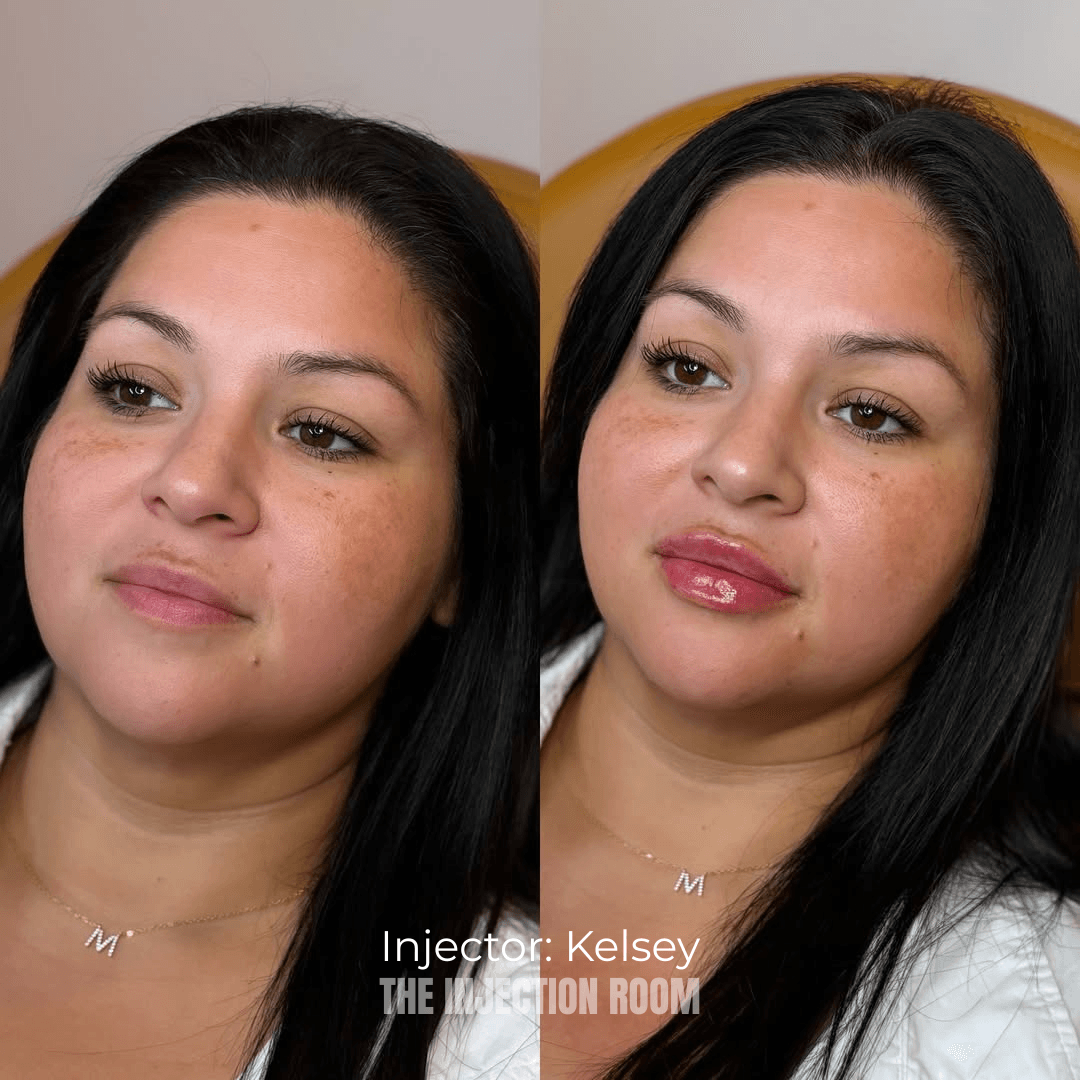
Book your personal consultation today and take control of your look with the trusted professionals at The Injection Room. The journey to fuller, softer, and naturally beautiful lips starts with one click. Why wait for the perfect pout when you can experience it now?
Frequently Asked Questions
What are lip fillers made of?
Lip fillers are primarily composed of hyaluronic acid, a naturally occurring substance in the body. These injectable dermal fillers enhance lip volume, shape, and symmetry.
How long do lip fillers last?
Most hyaluronic acid-based lip fillers last between six to twelve months, with individual metabolism and specific product types influencing longevity.
Will lip fillers make my lips look unnatural?
When administered by a qualified professional, lip fillers can create subtle, natural-looking enhancements. Resulting fullness depends on the practitioner’s skill and the amount of filler used.
What is the recovery time after a lip filler procedure?
Recovery from lip filler procedures is typically minimal, with minor swelling and bruising resolving within a few days. Most patients can return to their regular activities immediately after treatment.







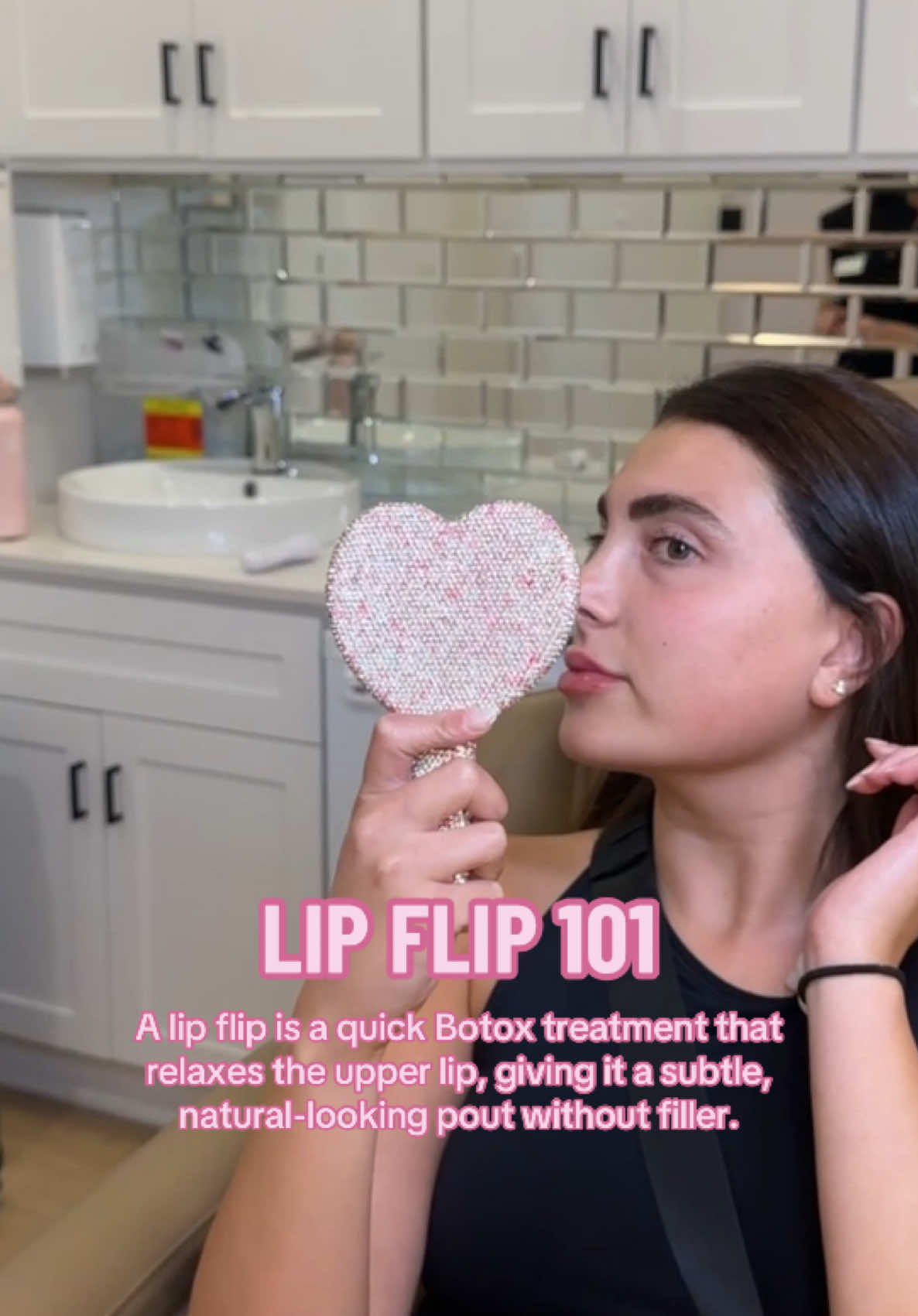




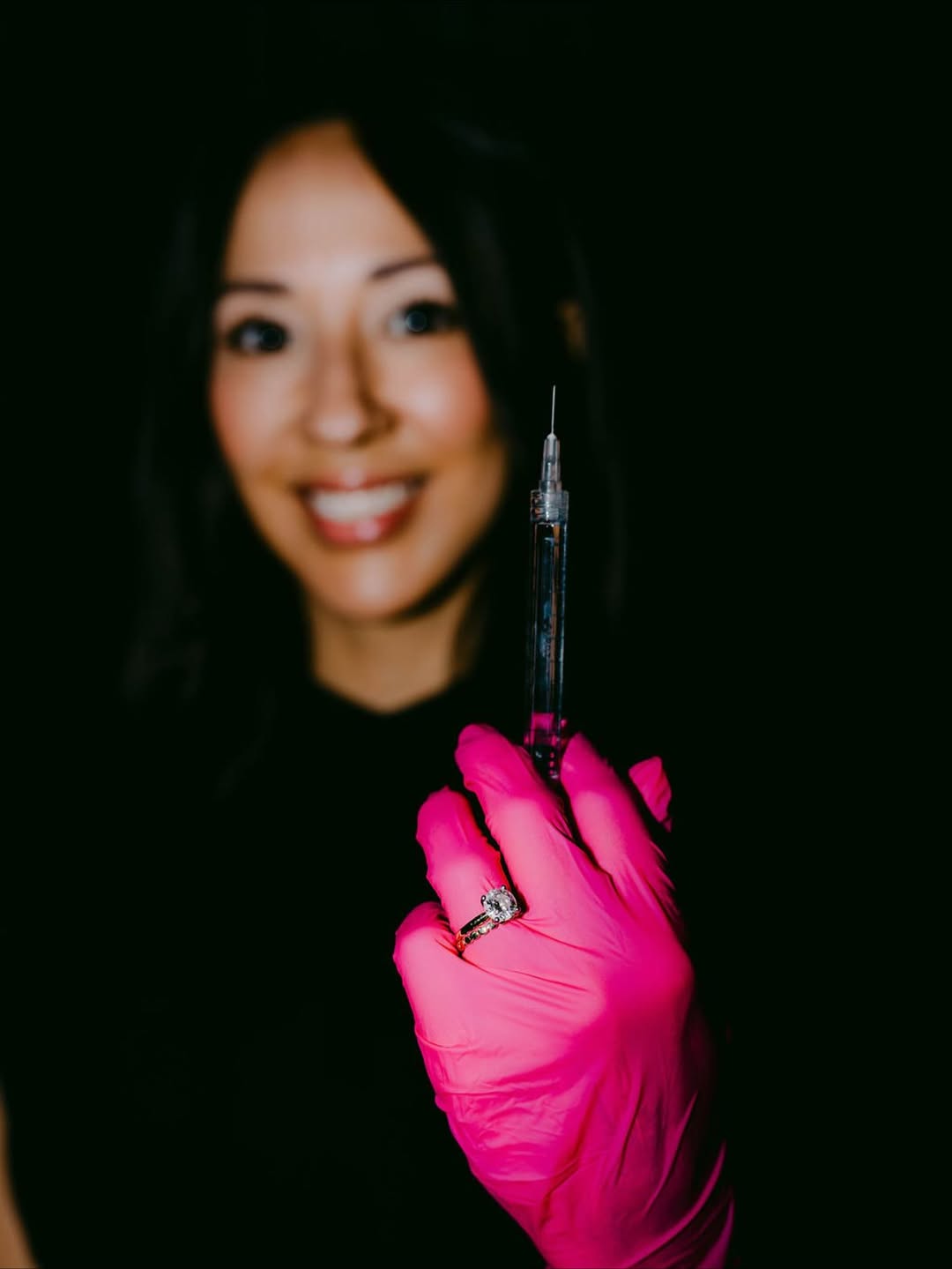

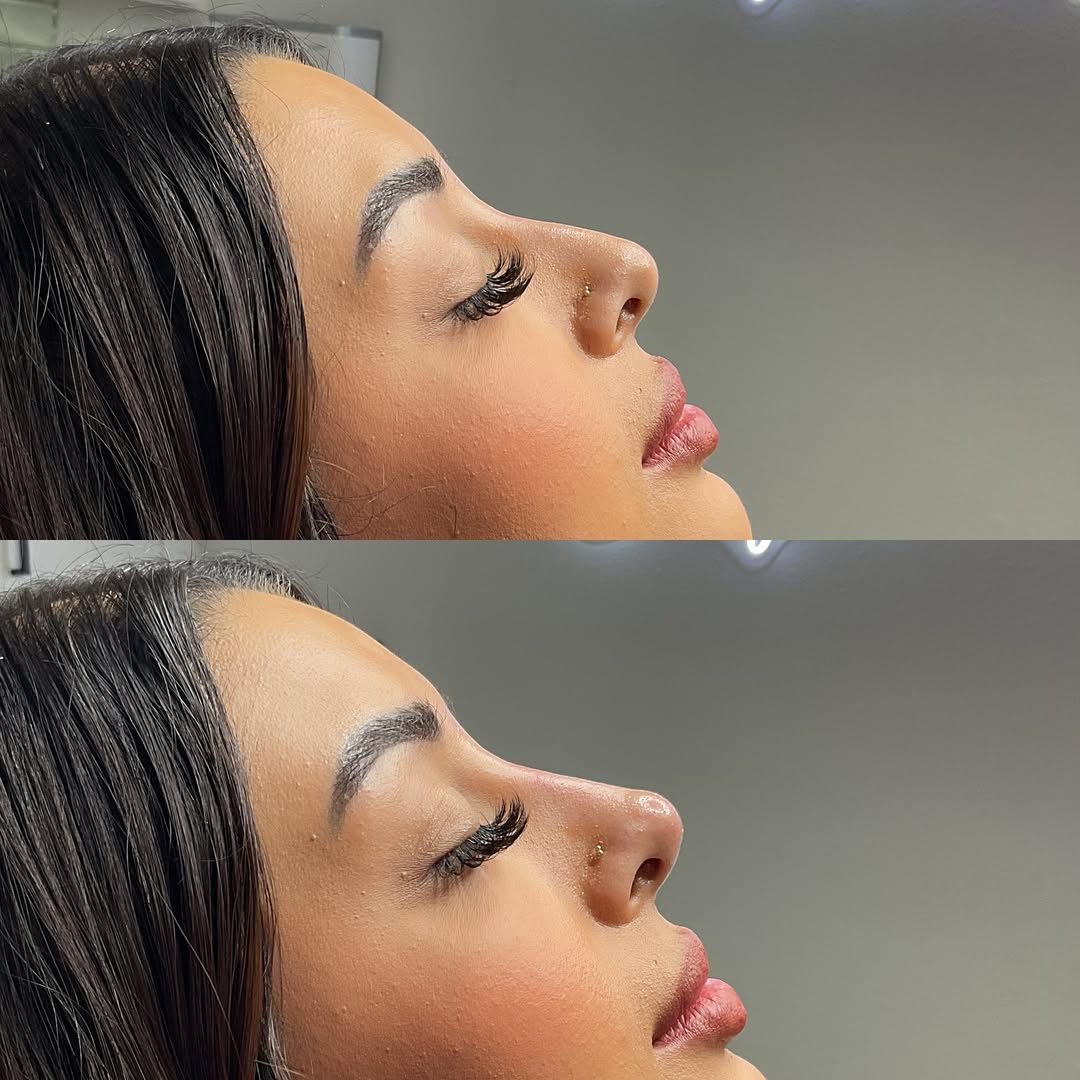


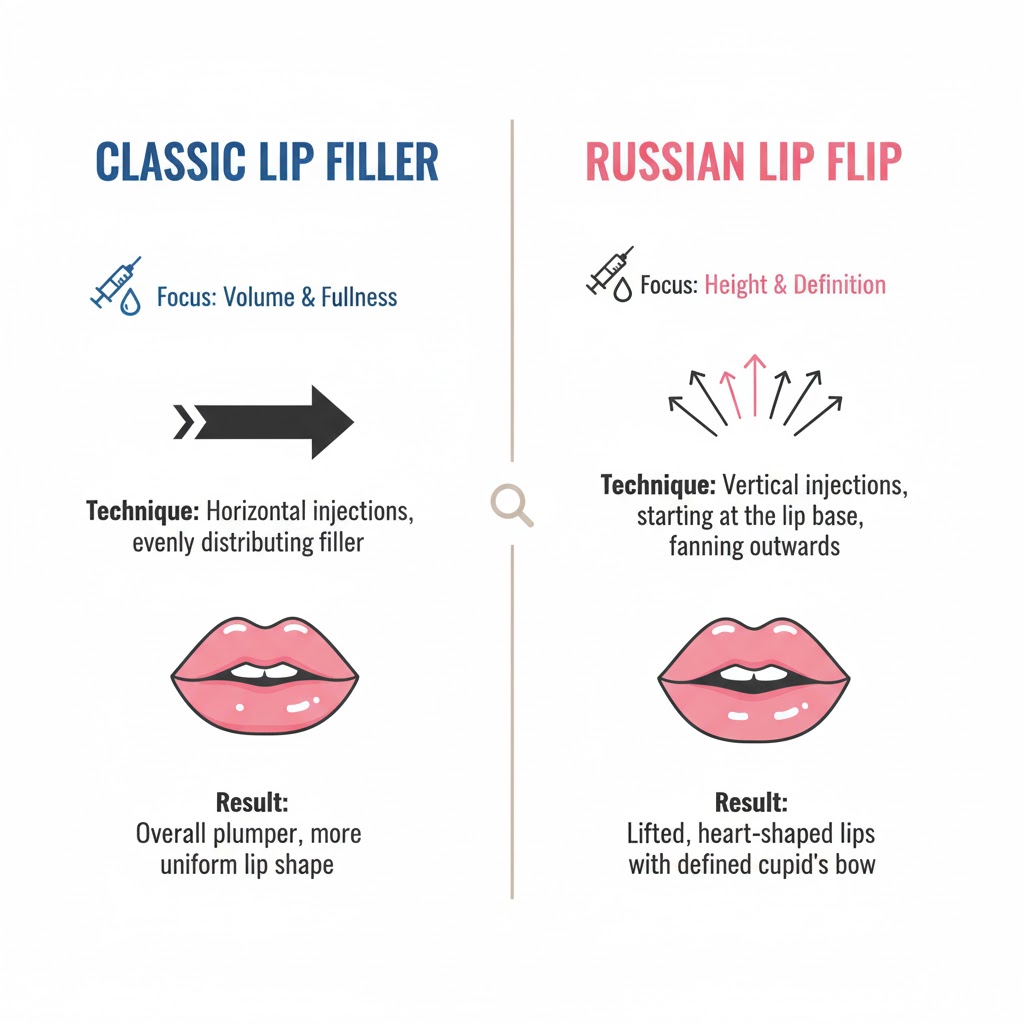

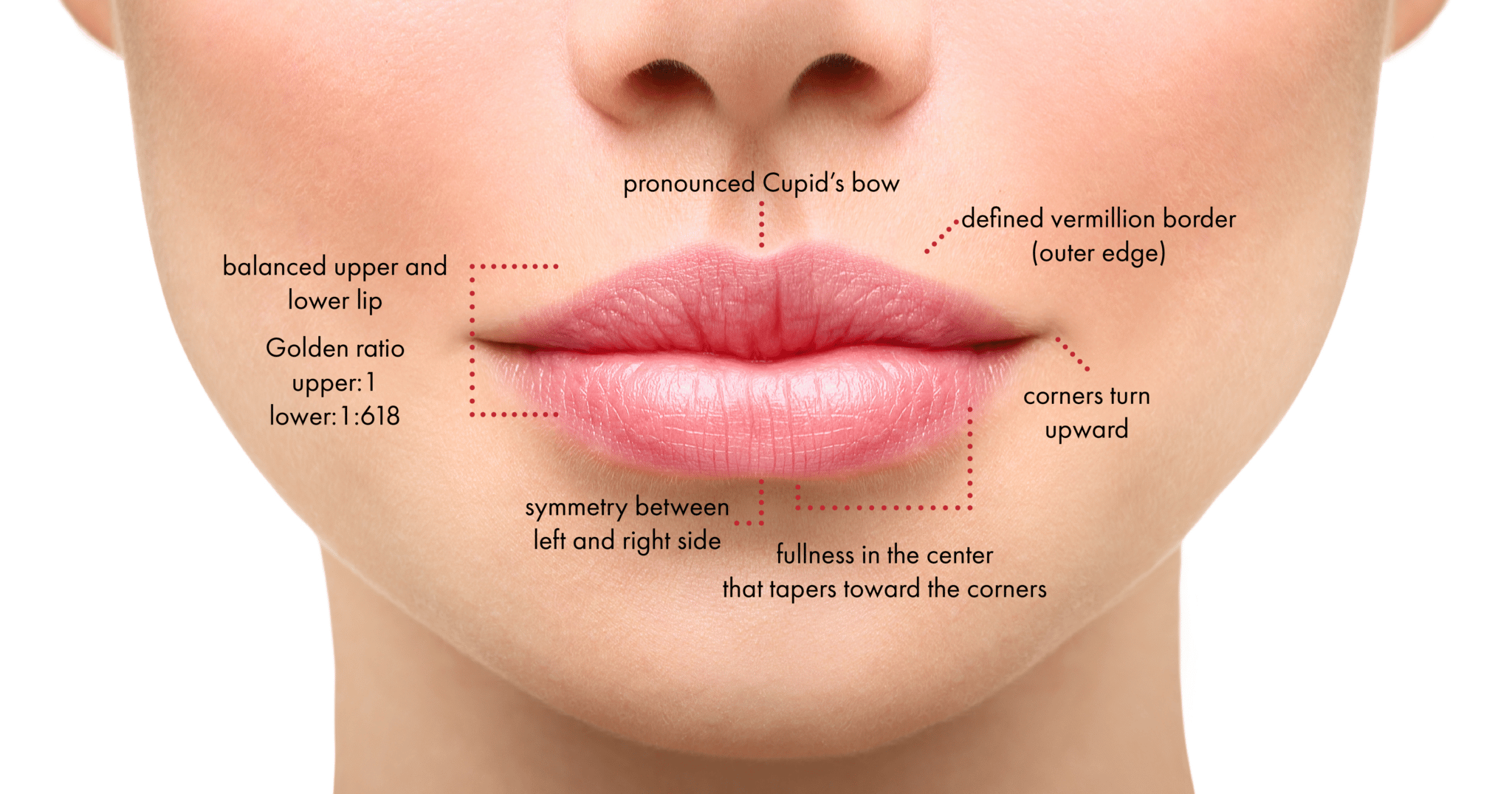
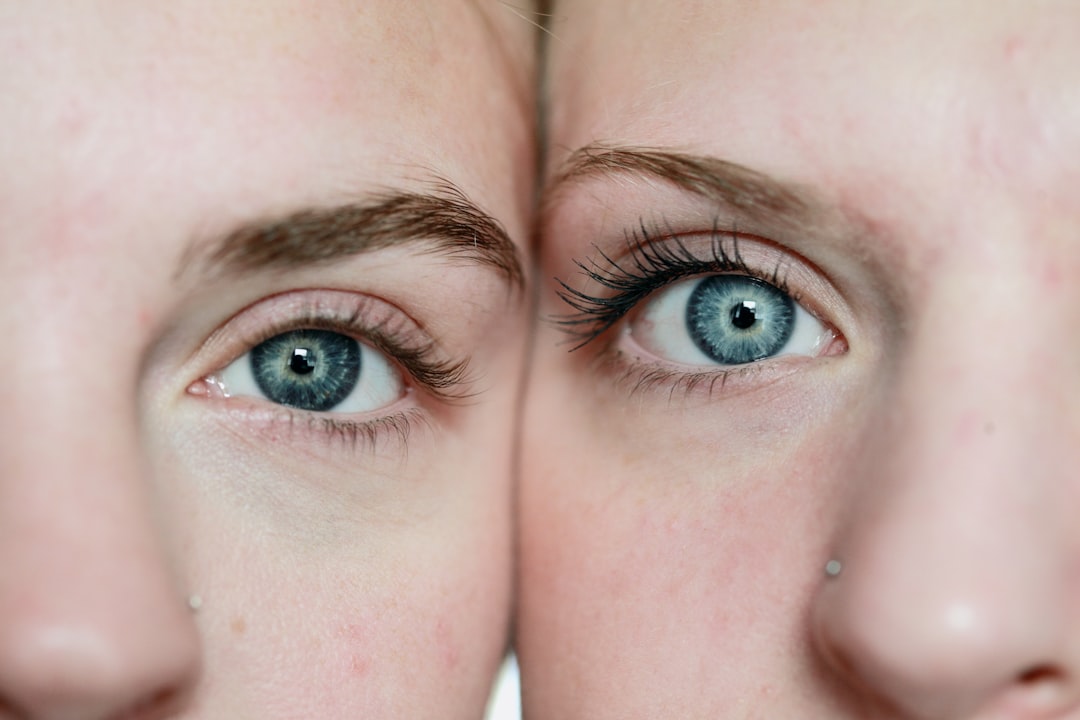
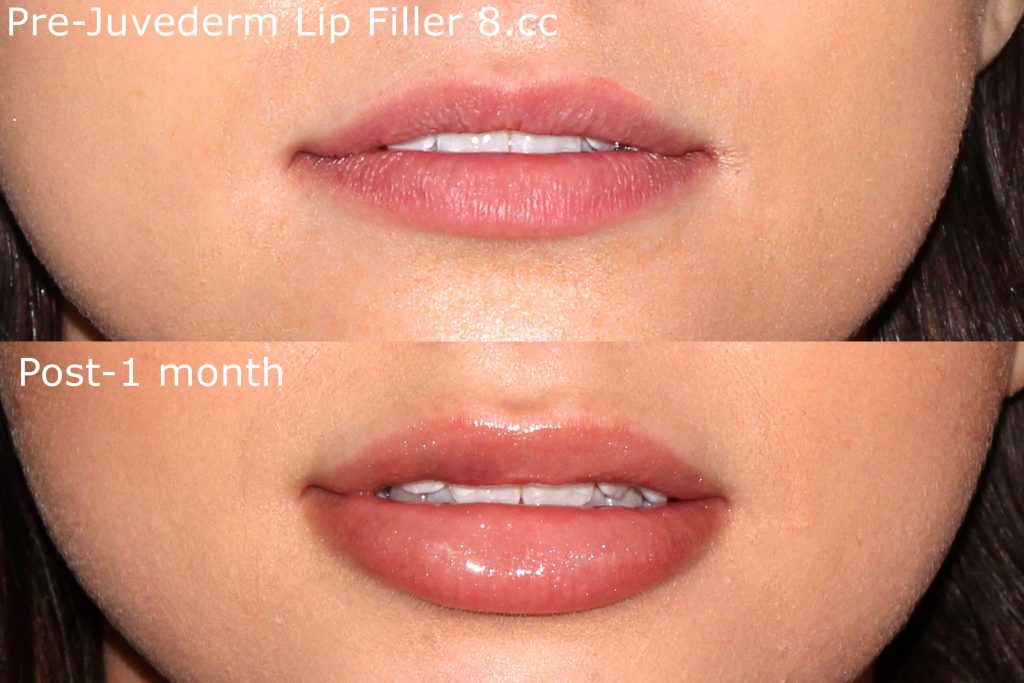


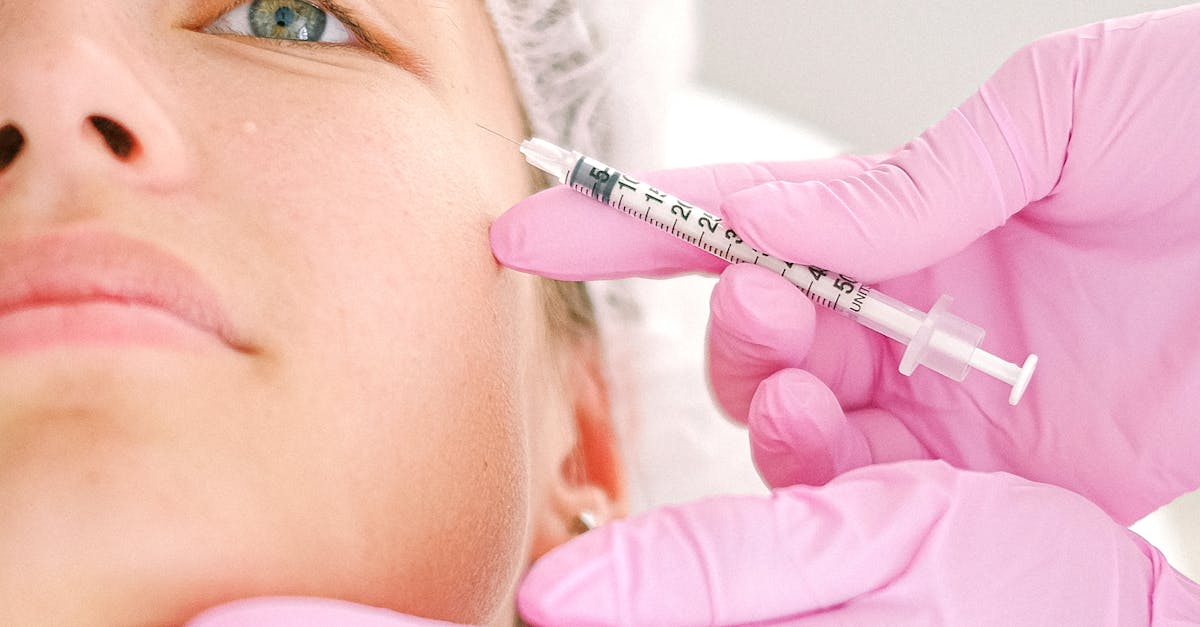

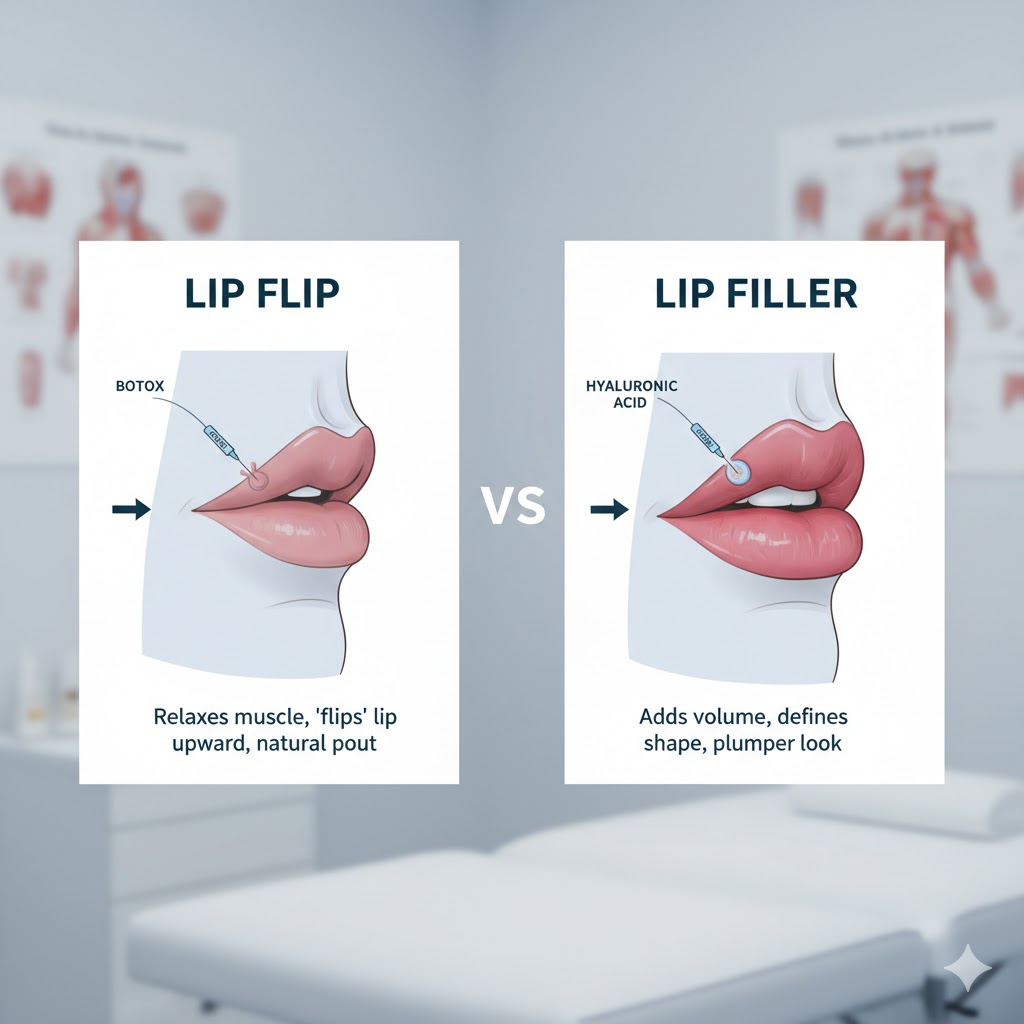


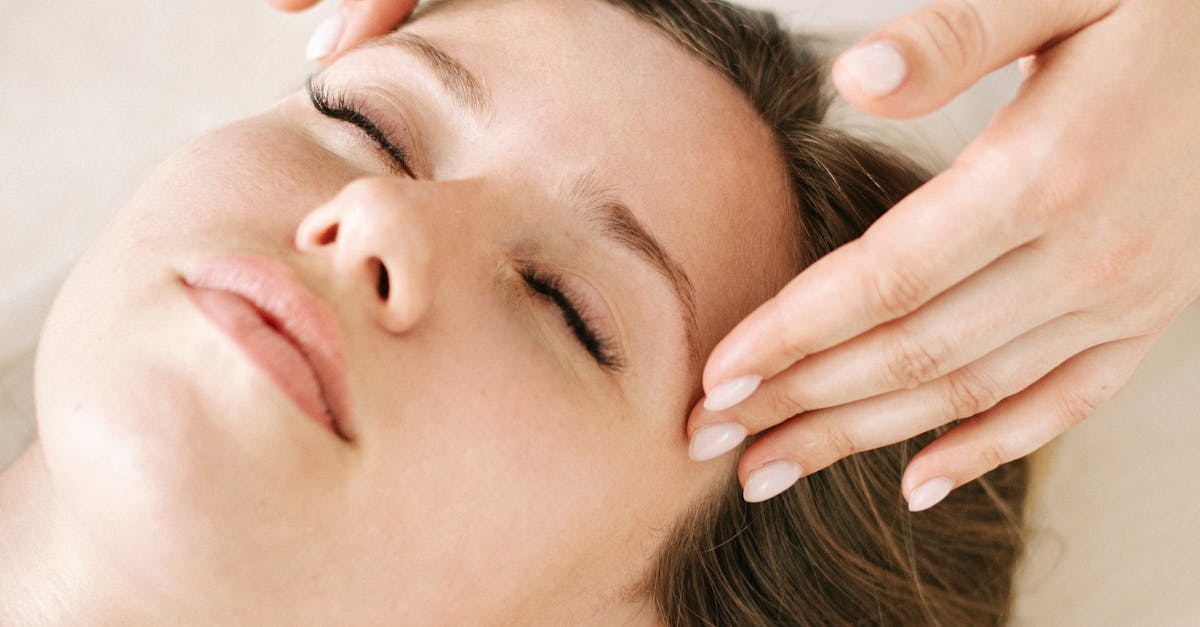
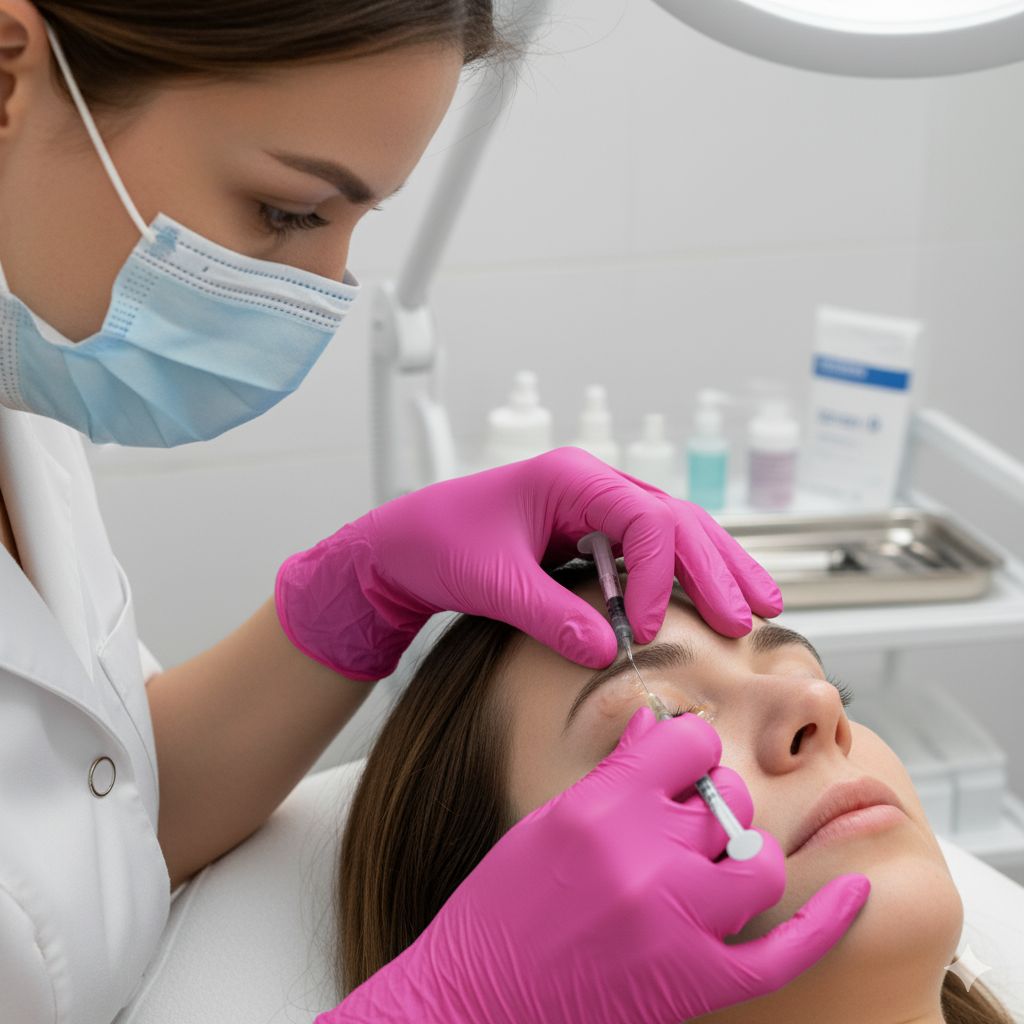
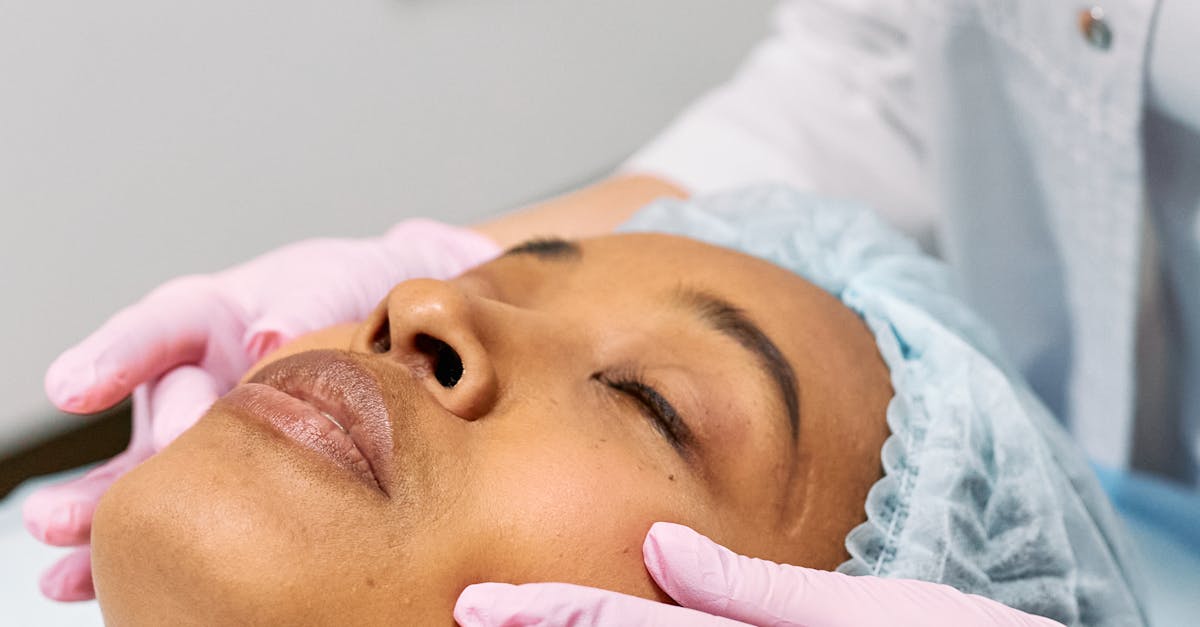

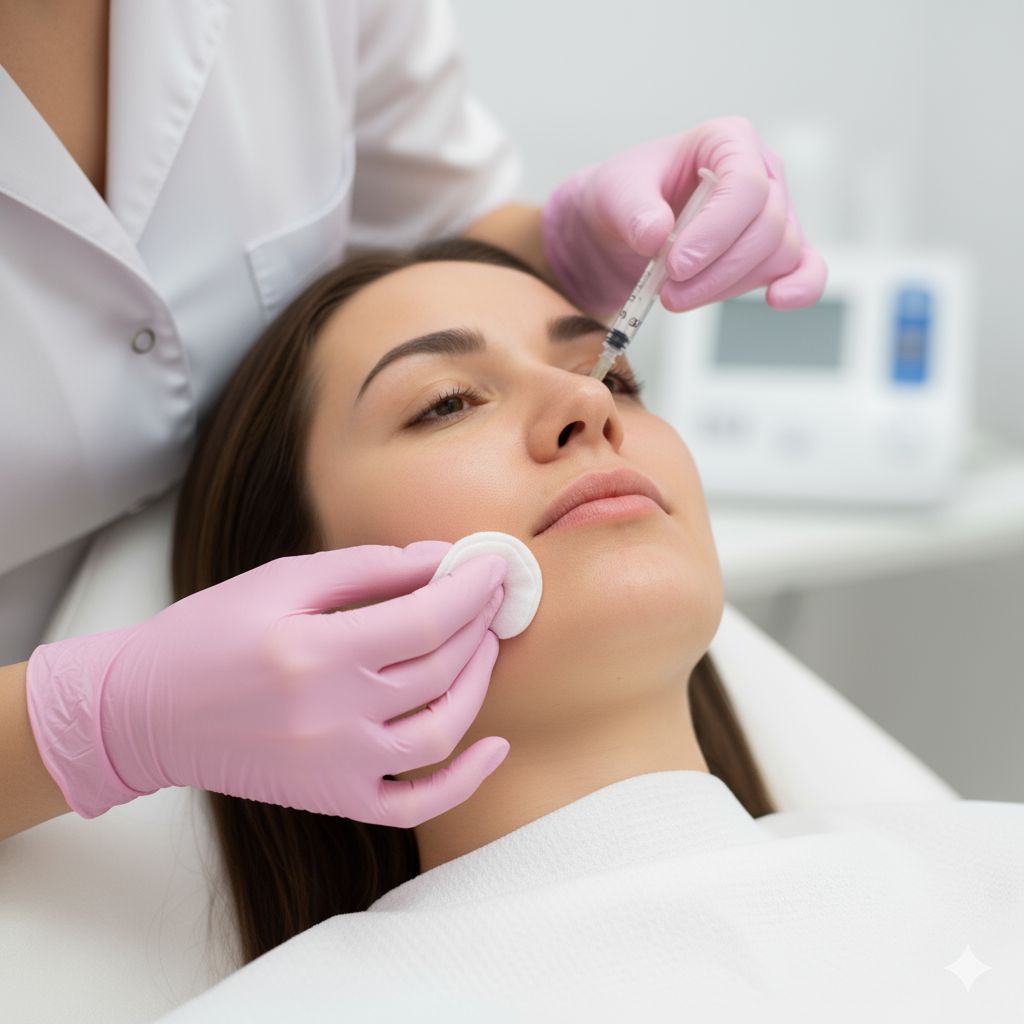
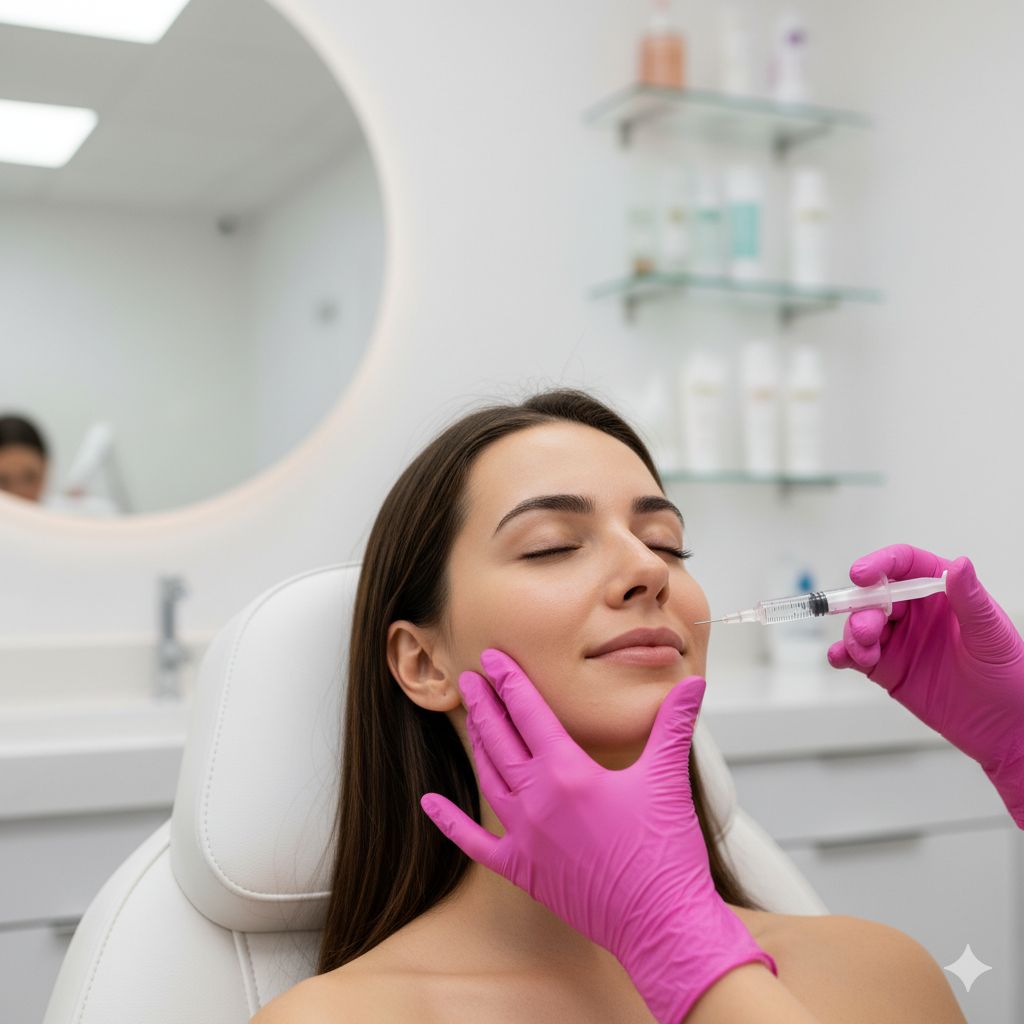
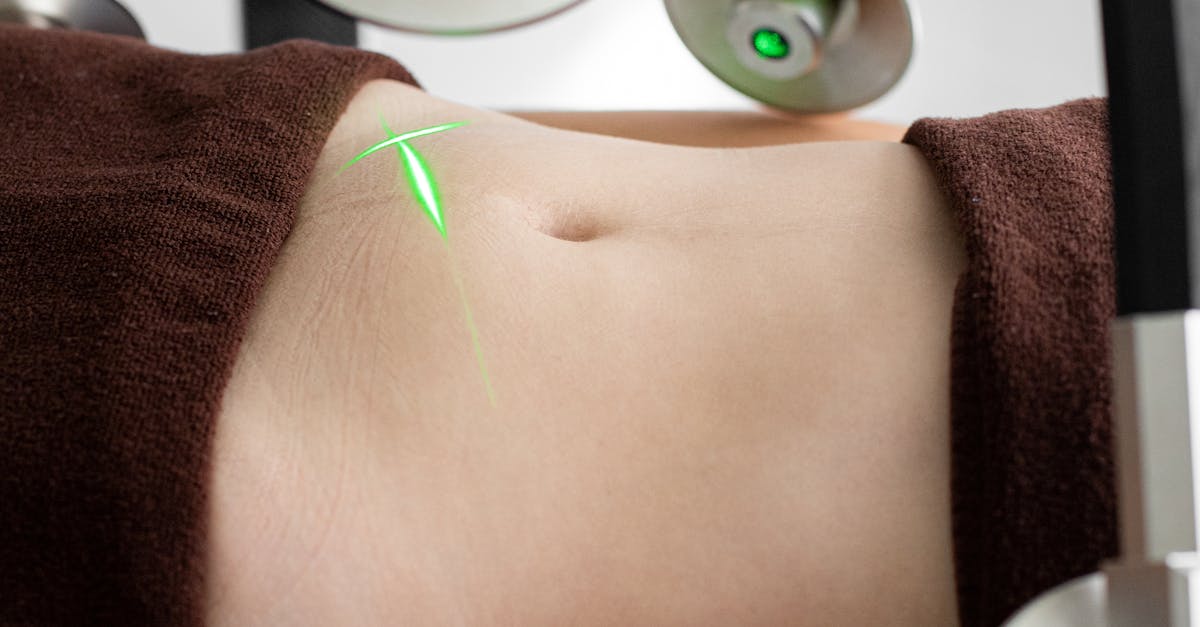

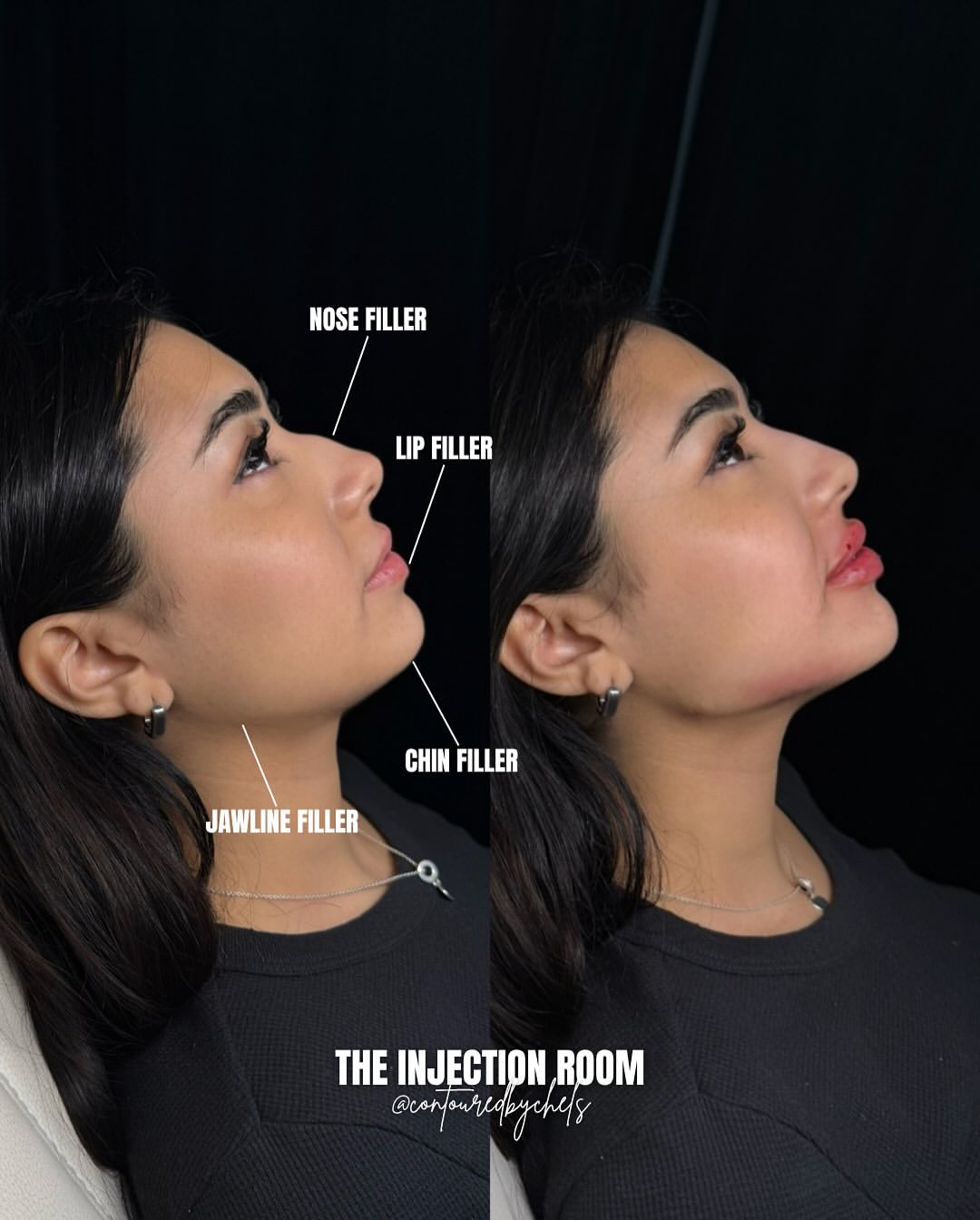
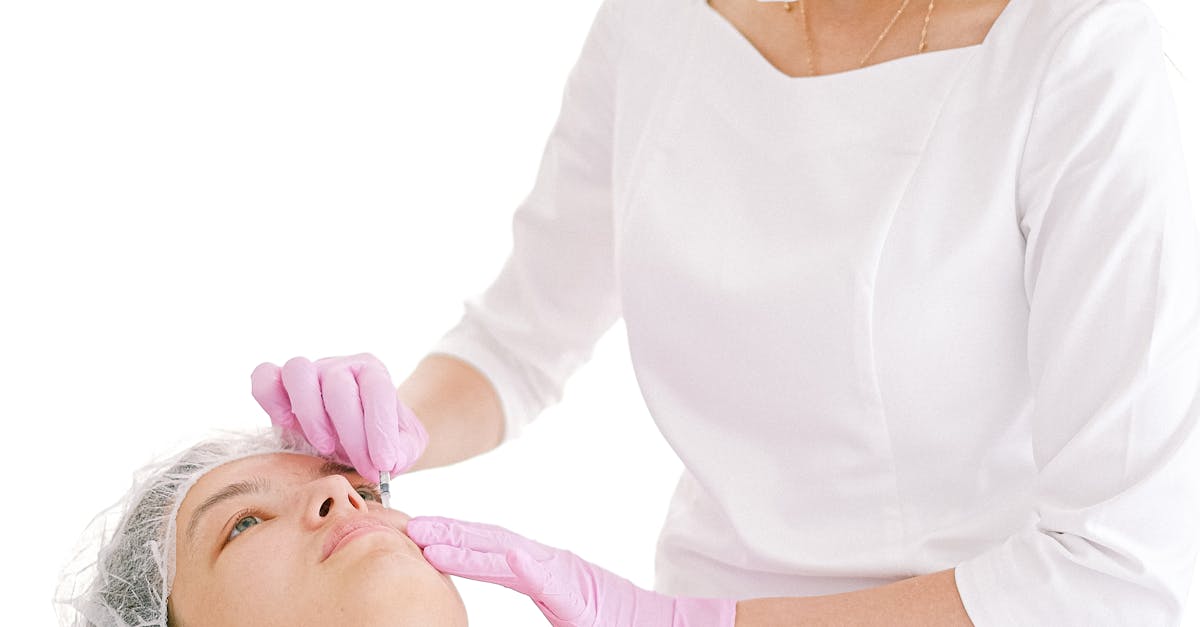
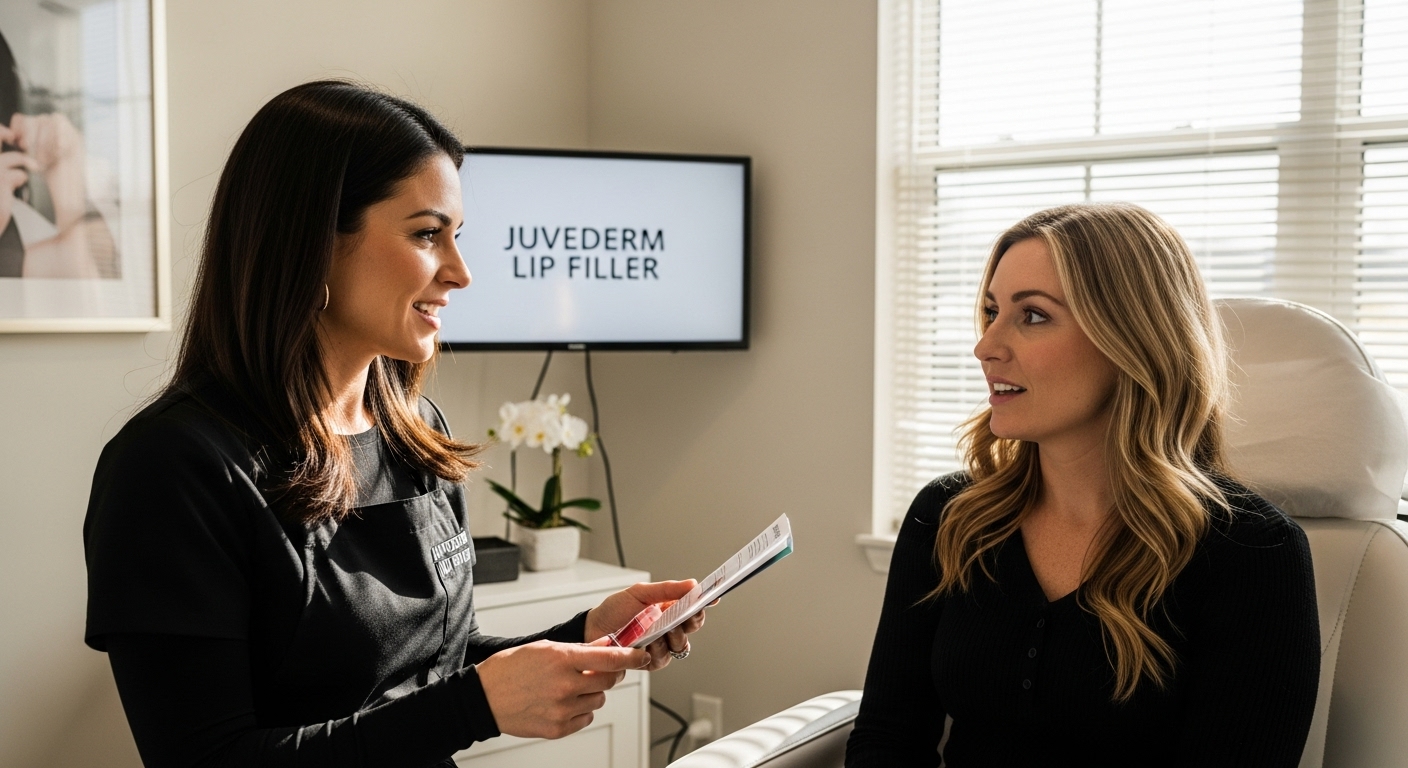


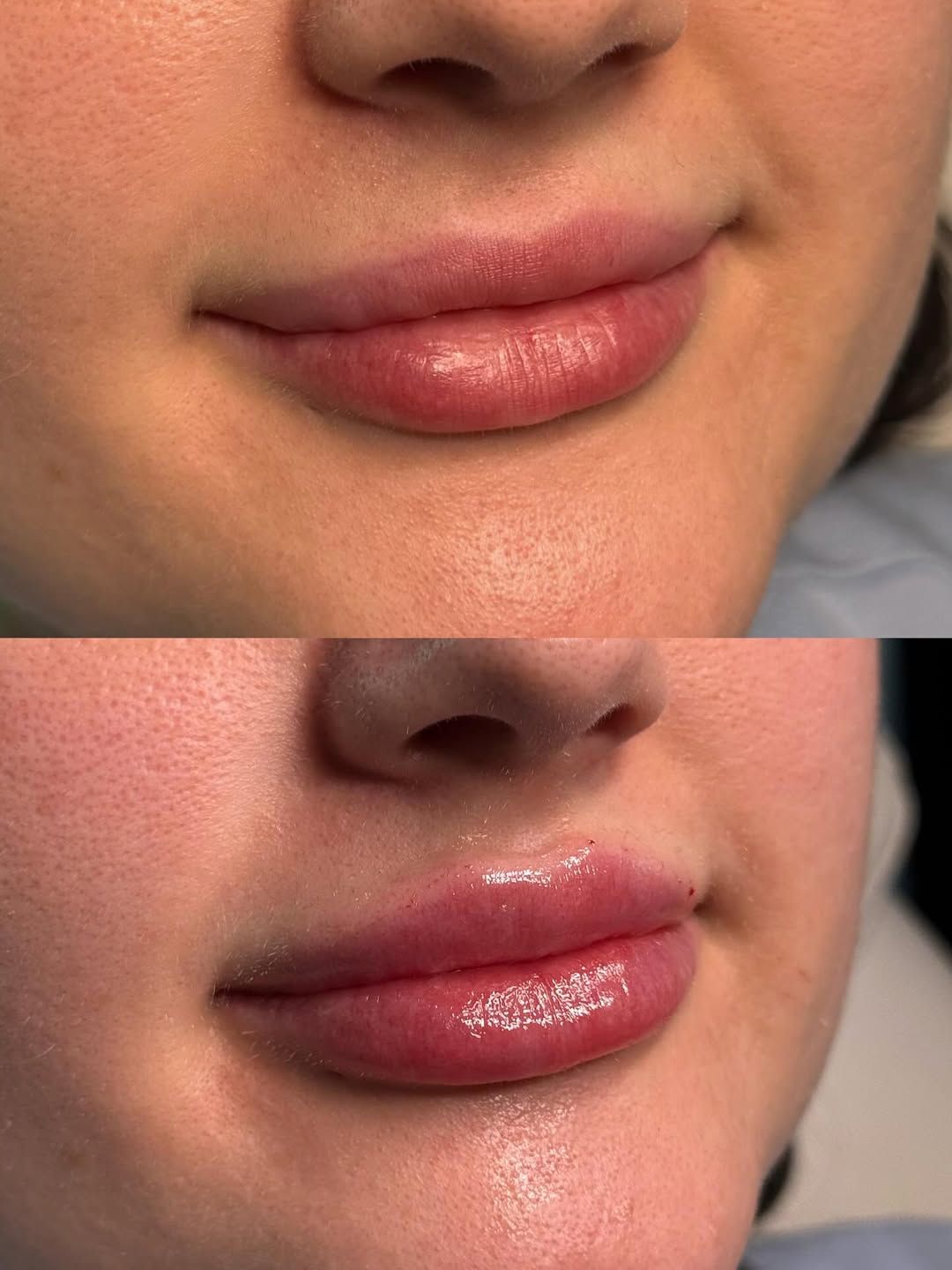
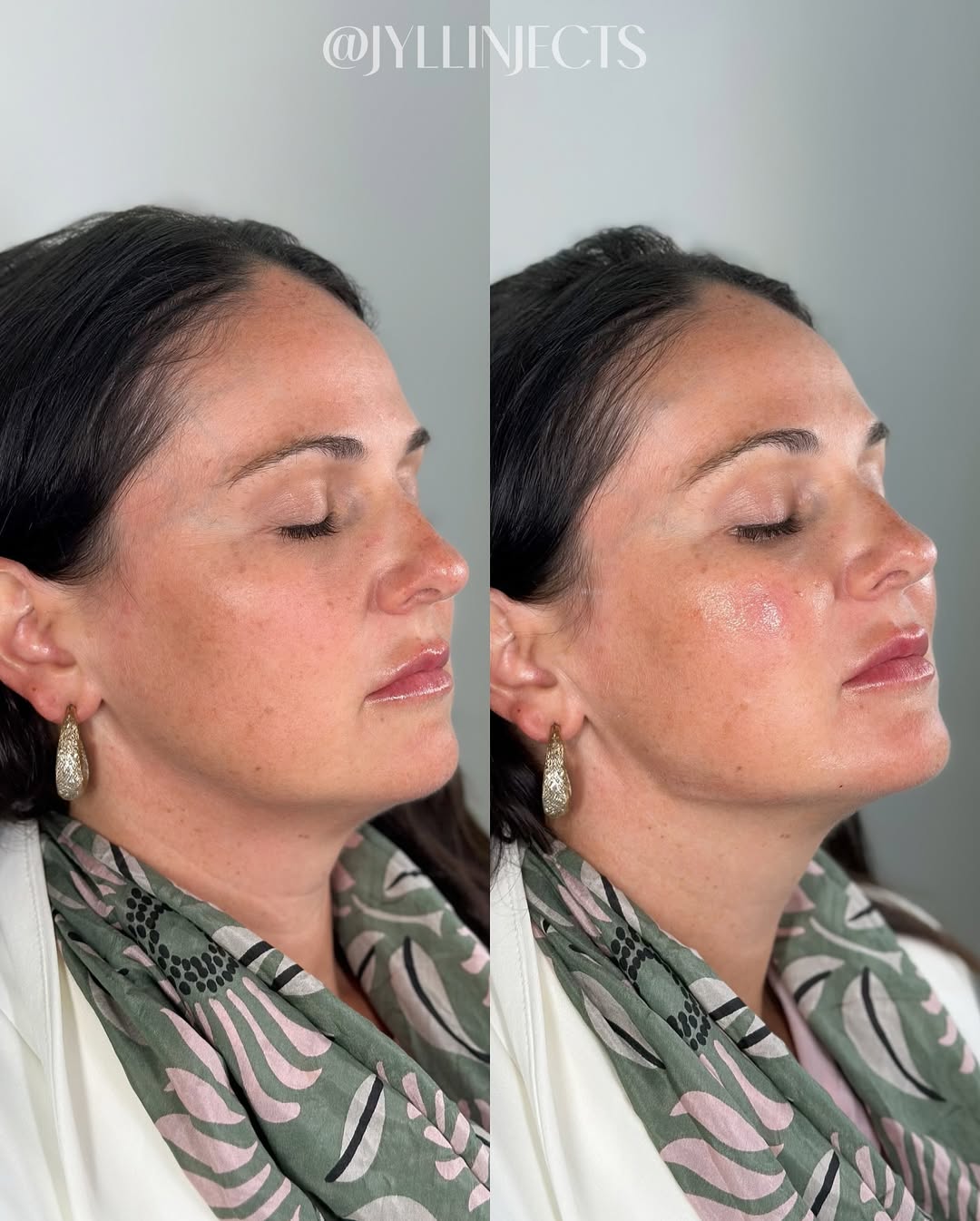
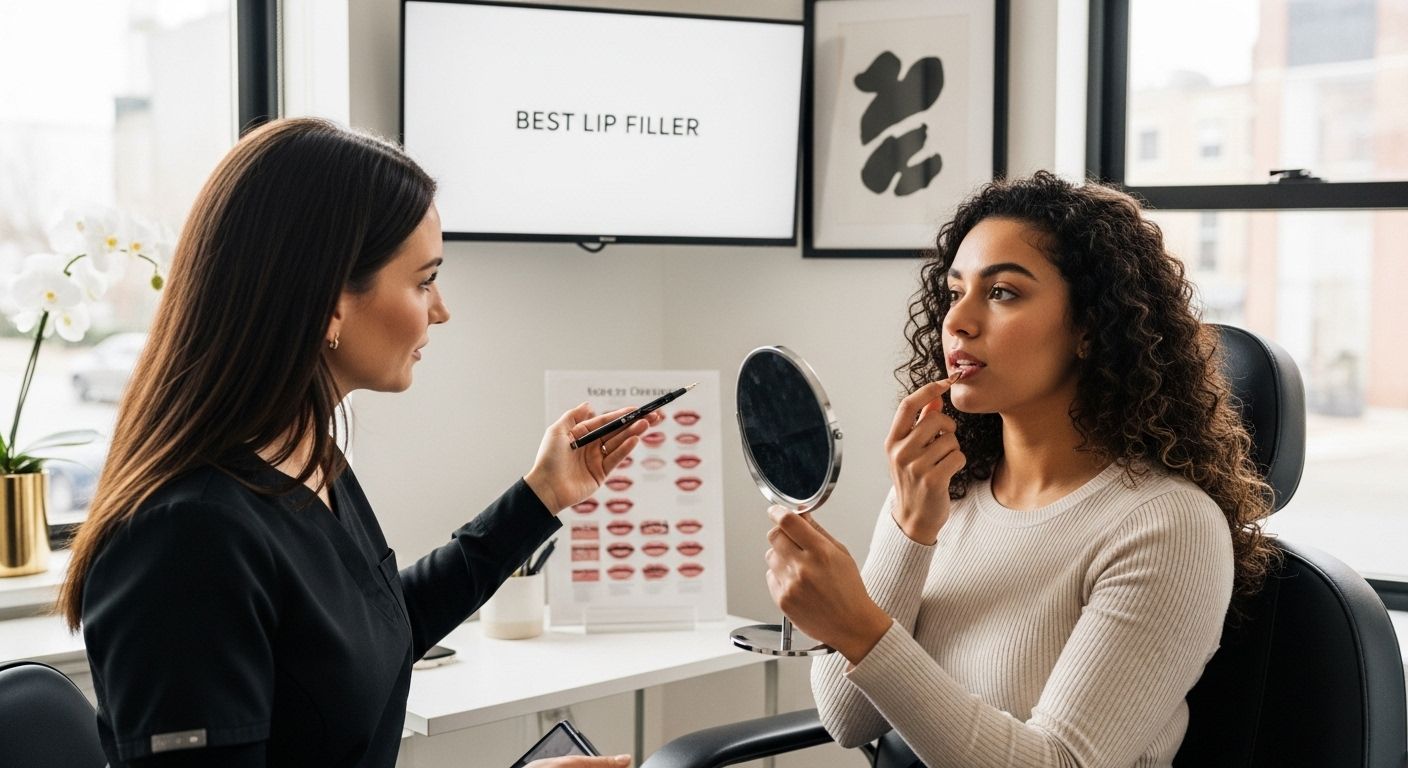

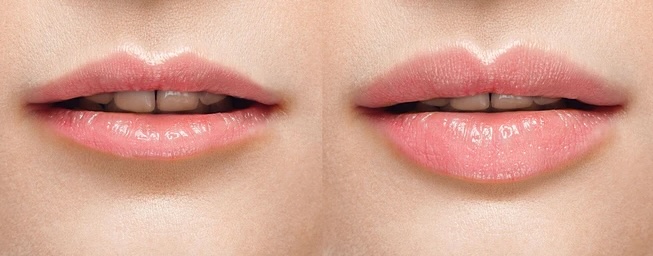

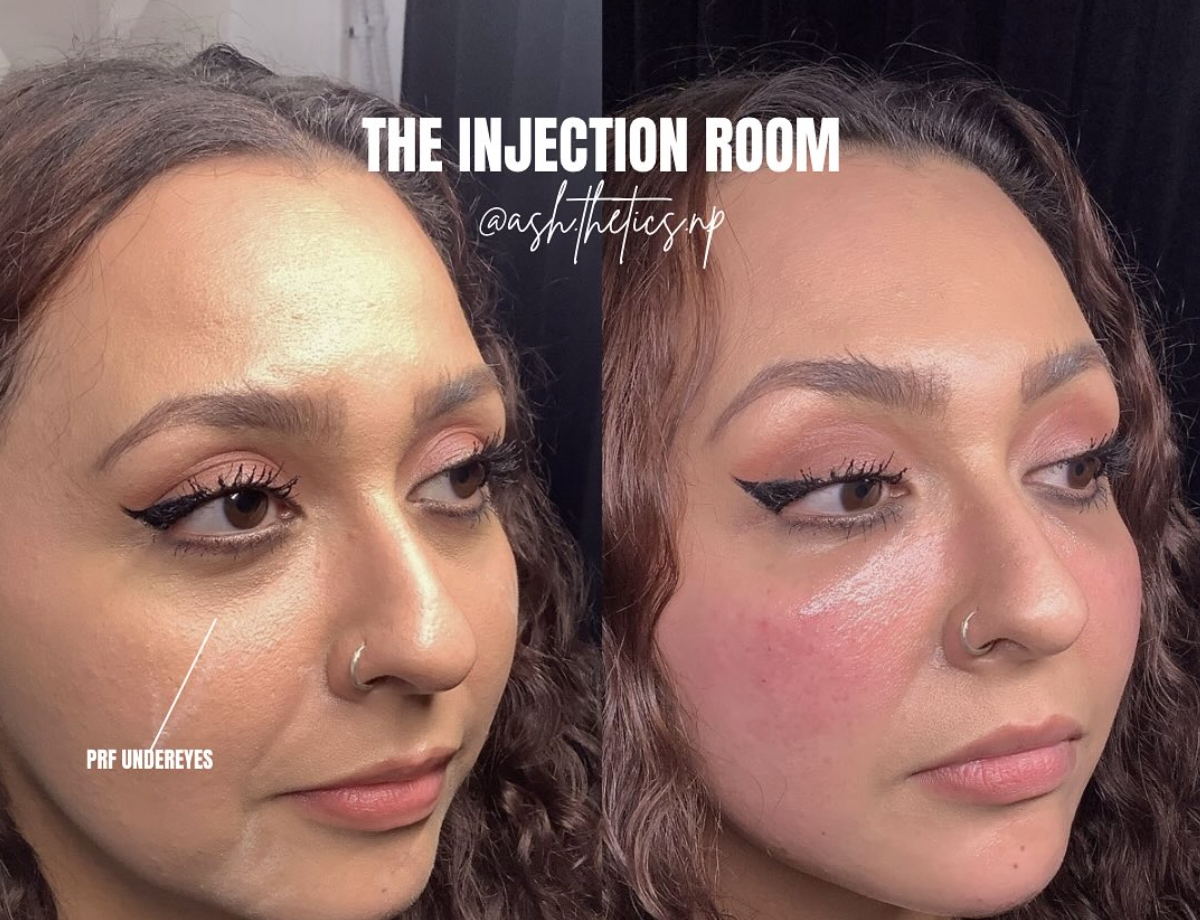



.jpeg)
.jpeg)
.webp)

.jpeg)











